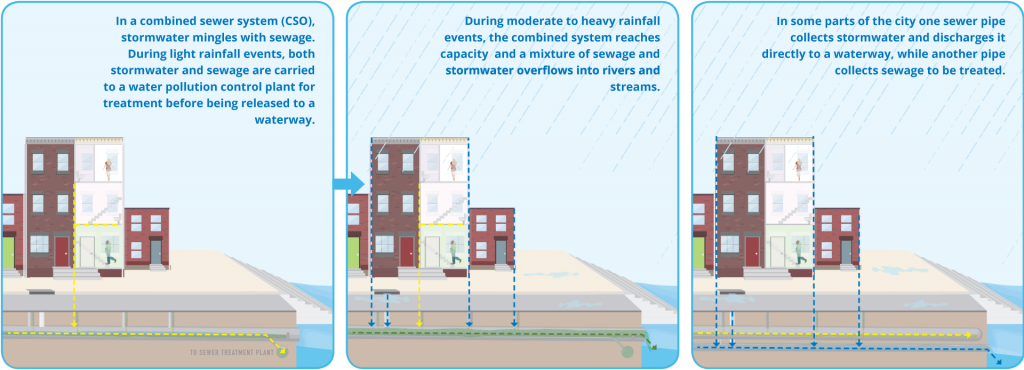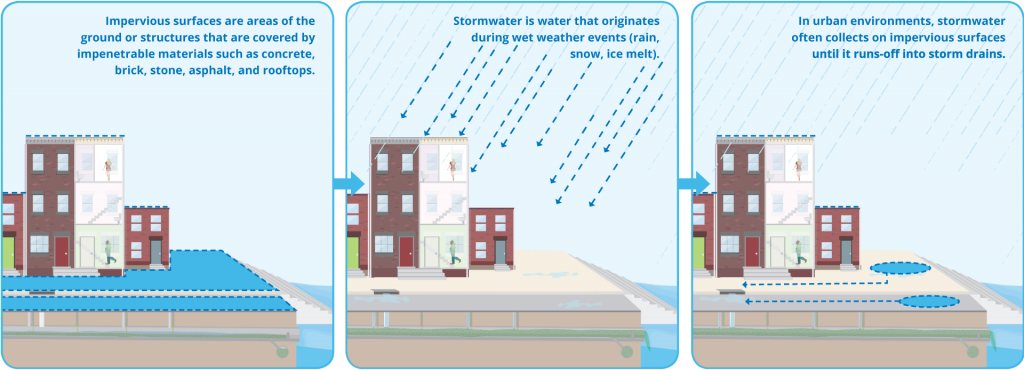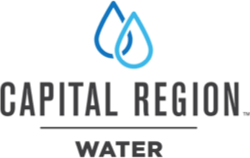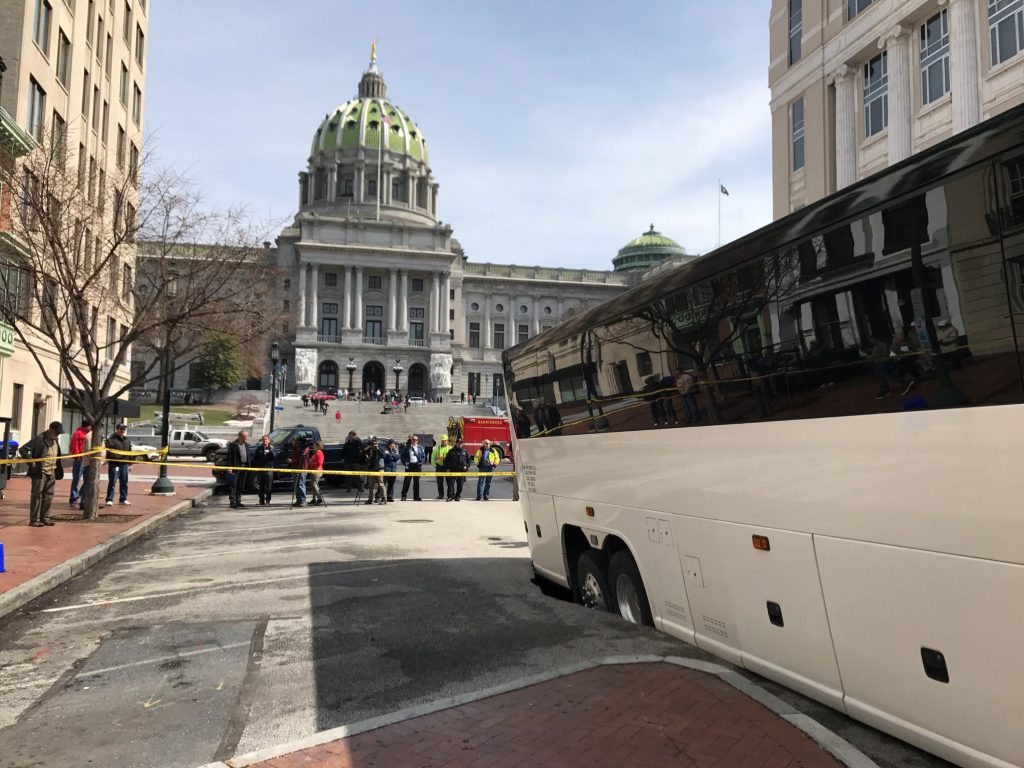The city’s complex network of pipes, sewers, and pumps must work in tandem with the city’s natural infrastructure—its waterways, namely Paxton Creek and the Susquehanna River.
Approximately 80% of the collection system was installed before 1940, meaning most of the city’s stormwater infrastructure is over 80 years old. The age of this infrastructure, coupled with decades of deferred maintenance, have resulted in several structural issues, operational deficiencies, and debris buildup.
The underground infrastructure condition is difficult and time-consuming to inspect, but initial findings indicate that nearly 40% of Harrisburg’s sewer and stormwater infrastructure must be repaired or replaced. Capital Region Water recently added additional treatment processes at its Advanced Wastewater Treatment Facility to meet new pollution control limits. Still, further upgrades are needed to replace outdated facilities and improve operations. These repairs will be a central focus of the City Beautiful H2O program.
Combined Sewer System
About 60% of Harrisburg’s sewer pipes are part of a combined sewer system.
In a combined system, stormwater and sewage are conveyed in the same pipe. Harrisburg is one of nearly 800 cities across the country with a combined system.
During dry weather, sewage is transported to our Advanced Wastewater Treatment Facility to be treated before entering the Susquehanna River. During wet weather events, stormwater flows exceed the capacity of the sewer system, causing a mixture of sewage and stormwater to overflow into the Susquehanna River and Paxton Creek.

Stormwater and Pollution
Stormwater is water from rain, snow, or ice melt that does not get absorbed into the ground. In a natural environment, most rain, snow, or ice melt falls on pervious surfaces, like grass, and filters into the ground, recharging groundwater and keeping water tables consistent. But when water falls on an impervious surface, it travels until it can find somewhere to absorb. In cities, there are rarely enough pervious surfaces to absorb much of the stormwater before it reaches a storm drain or collects in a depressed area. While stormwater is traveling to the nearest storm drain or pervious surface, it can pick up debris and pollutants like oil, chemicals, fertilizers, pesticides, and more.

These pollutants and debris are then transferred to waterways, jeopardizing the health of water used for drinking, recreation, and habitat in Harrisburg and downstream communities. Pollutants from runoff can contaminate drinking water, pose a danger to public health, and damage aquatic life. And in a combined stormwater system, raw sewage only increases the amount of pollution and damage.
The Solution
Our plan to manage runoff.
The Program
Our plan for a cleaner, more beautiful city.
What’s Next
Over the next 20 years, Capital Region Water will be implementing many projects, both big and small.

